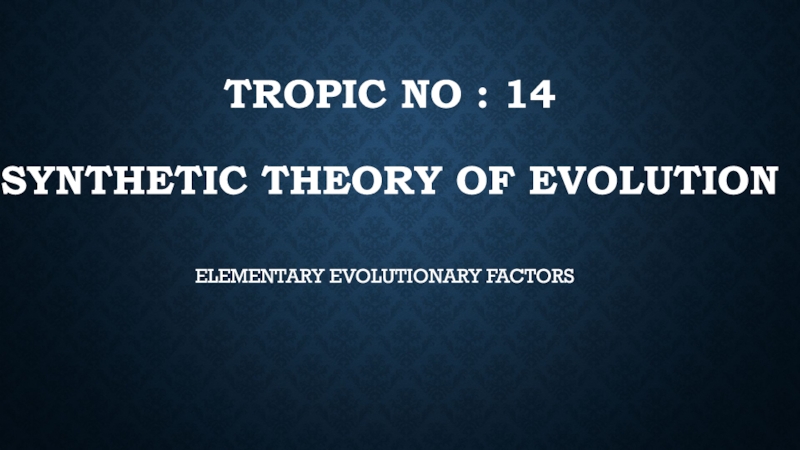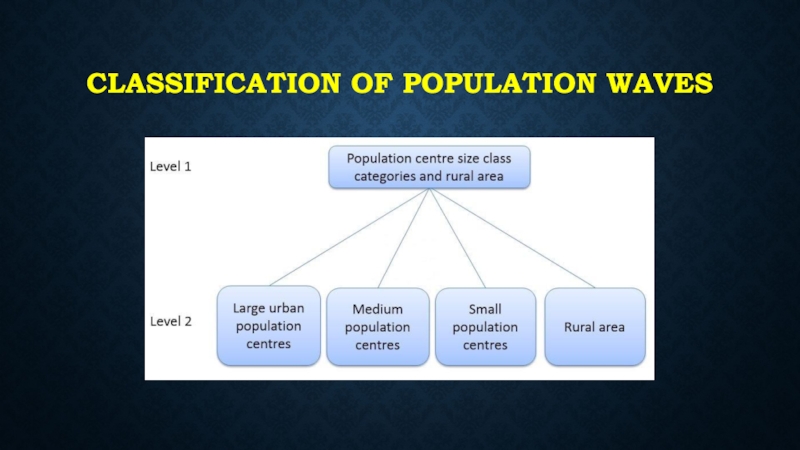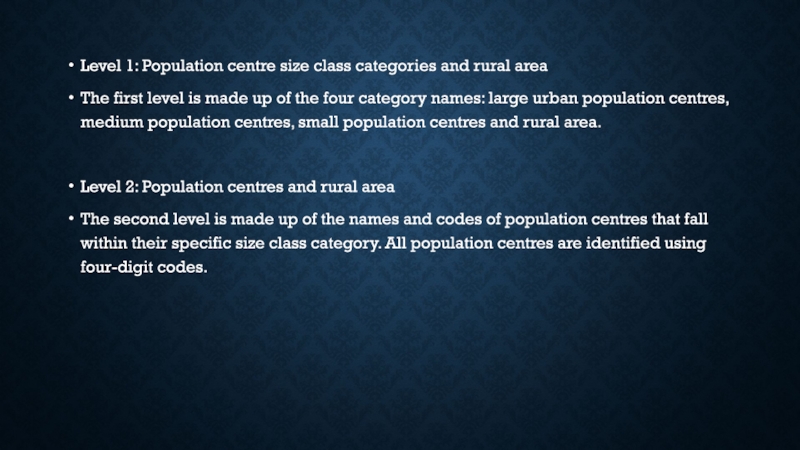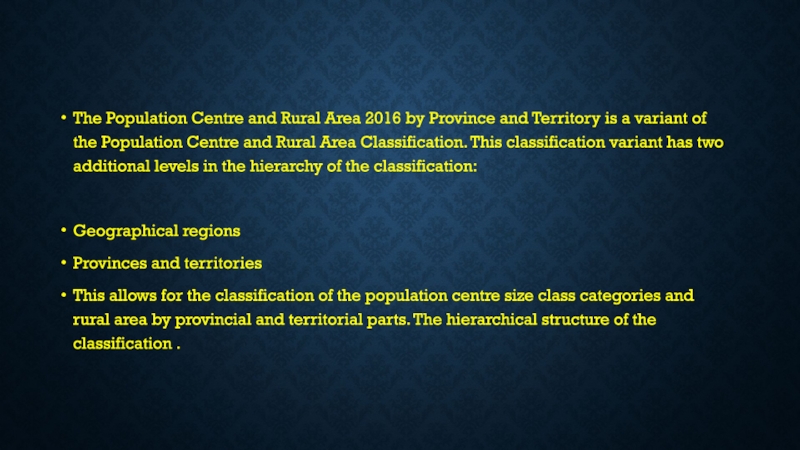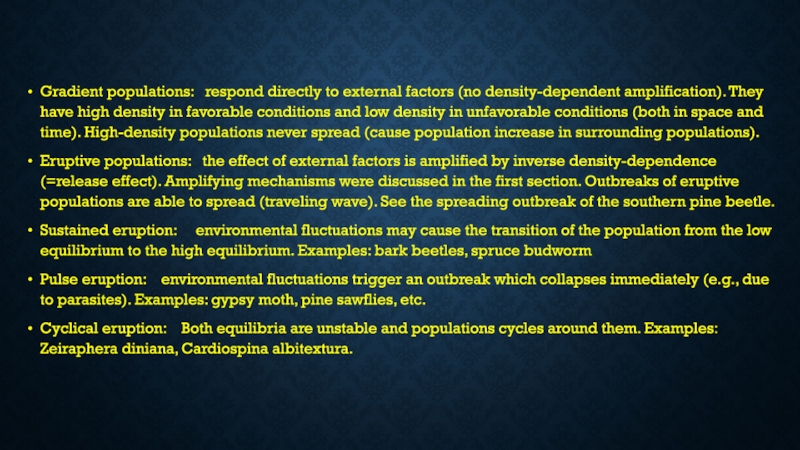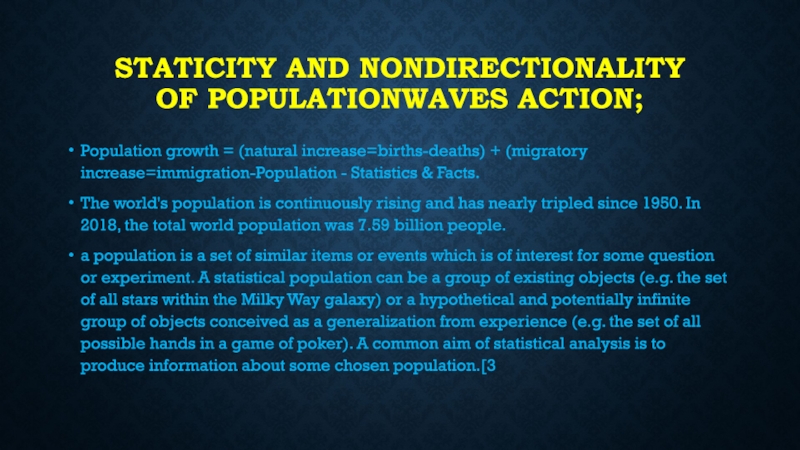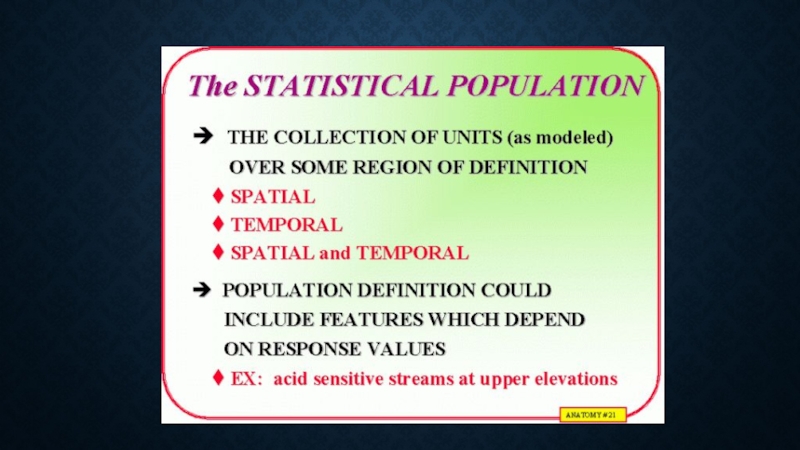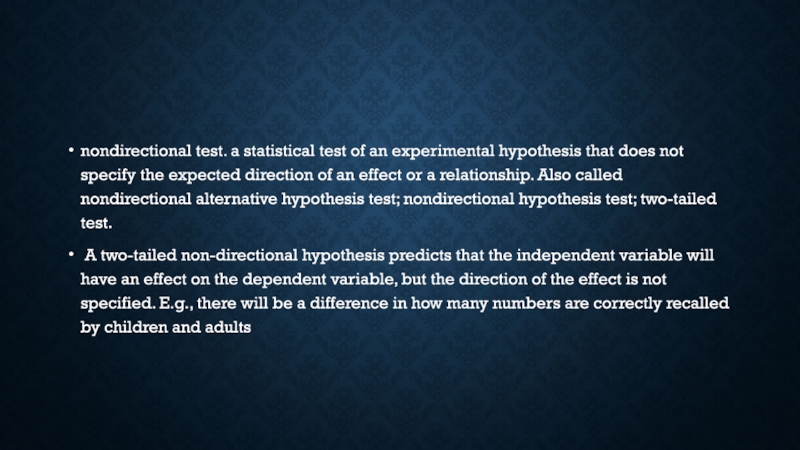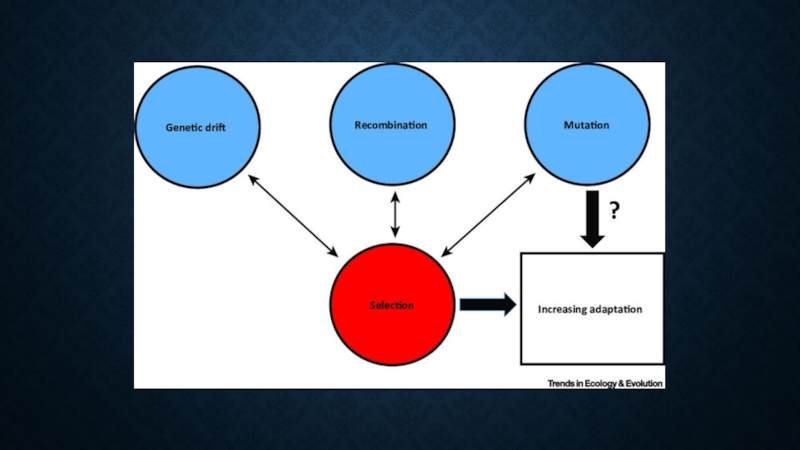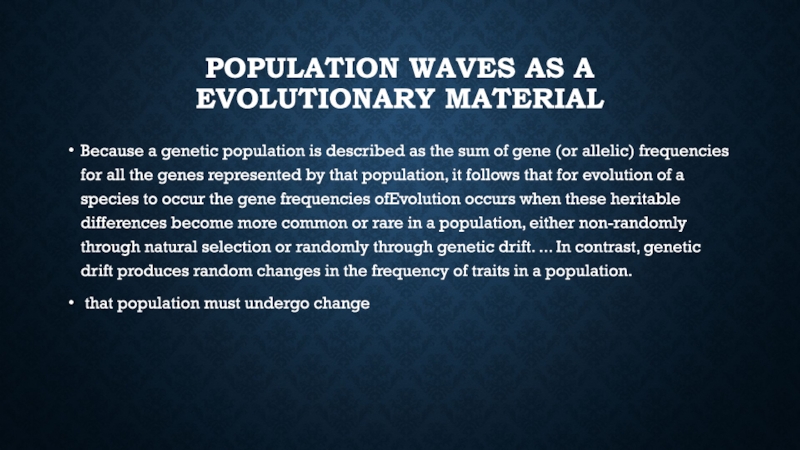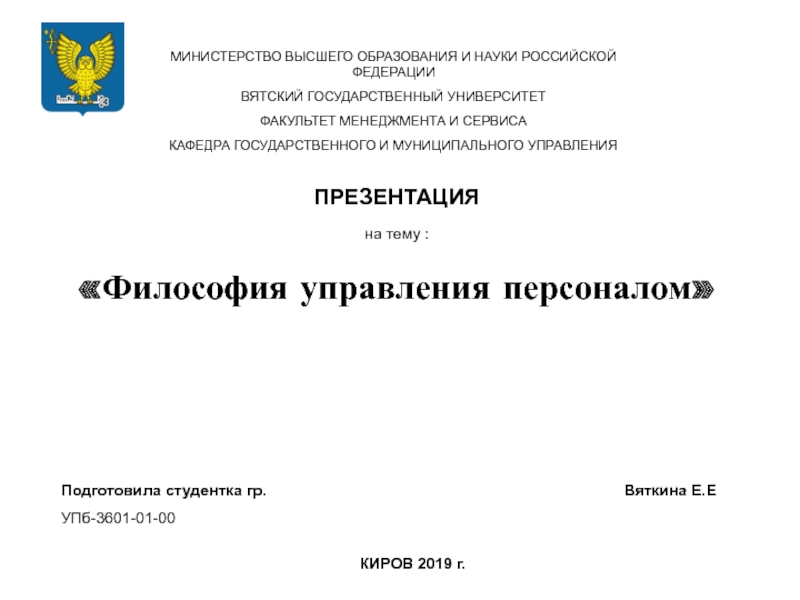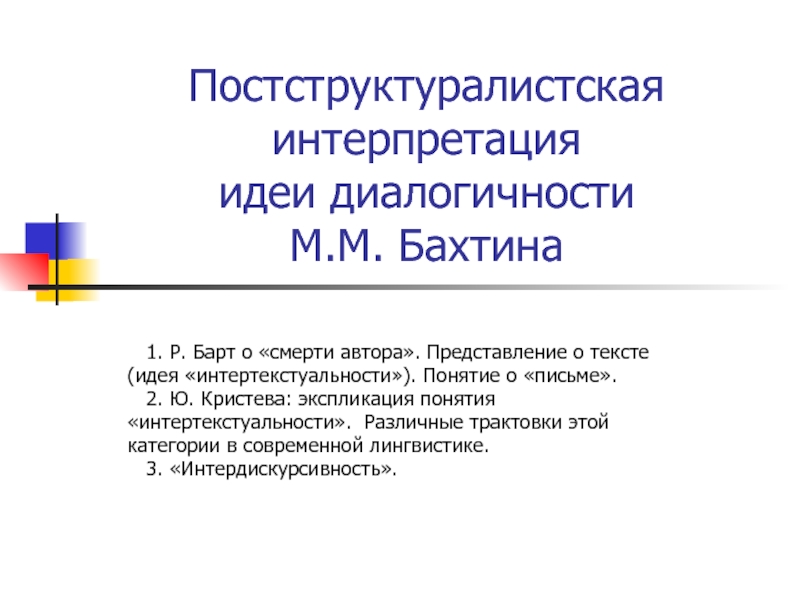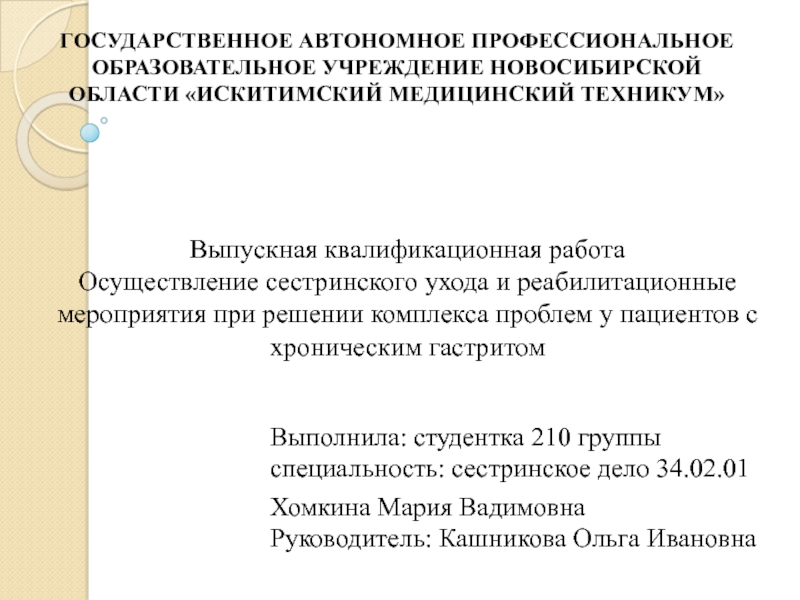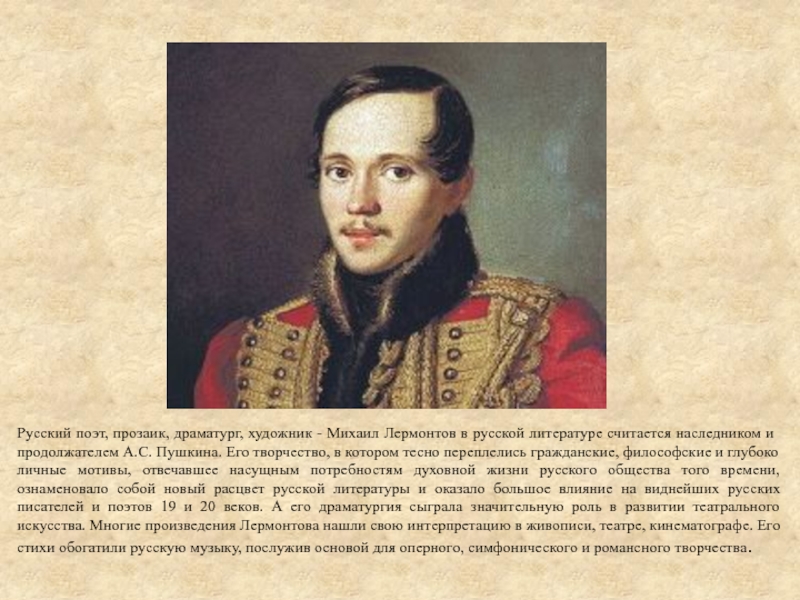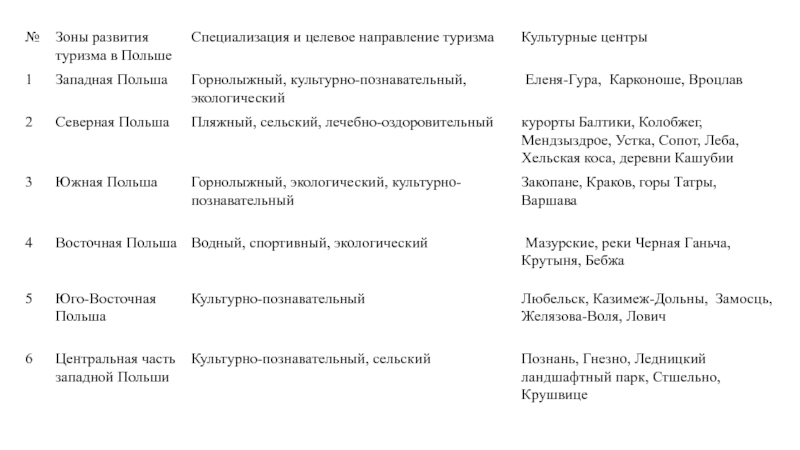Слайд 1Tropic no : 14
SYNTHETIC theory of evolution
ELEMENTARY EVOLUTIONARY FACTORS
Слайд 2POPULATION WAVES
SA AN ELEMENTARY EVOLUTIONARY
FACTOR ;
population waves
are the subfield of genetics that deals with genetic differences
within and between populations, and is a part of evolutionary biology. Studies in this branch of biology examine such phenomena as adaptation, speciation, and population structure.
Population genetics was a vital ingredient in the emergence of the modern evolutionary synthesis. Its primary founders were Sewall Wright, J. B. S. Haldane and Ronald Fisher, who also laid the foundations for the related discipline of quantitative genetics. Traditionally a highly mathematical discipline, modern population genetics encompasses theoretical, lab, and field work. Population genetic models are used both for statistical inference from DNA sequence data and for proof/disproof of concept.
What sets population genetics apart today from newer, more phenotypic approaches to modelling evolution, such as evolutionary game theory and adaptive dynamics, is its emphasis on genetic phenomena as dominance, epistasis, the degree to which genetic recombination breaks up linkage disequilibrium, and the random phenomena of mutation and genetic drift. This makes it appropriate for comparison to population genomics data.
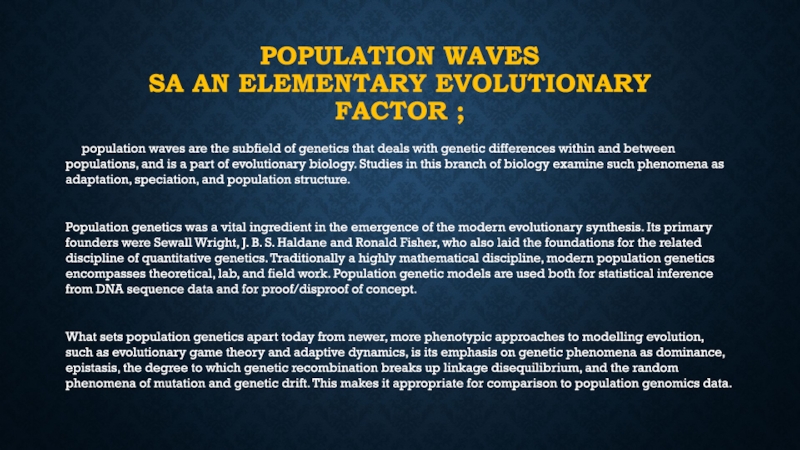
Слайд 4CLASSIFICATION OF POPULATION WAVES
Слайд 5Level 1: Population centre size class categories and rural area
The
first level is made up of the four category names:
large urban population centres, medium population centres, small population centres and rural area.
Level 2: Population centres and rural area
The second level is made up of the names and codes of population centres that fall within their specific size class category. All population centres are identified using four-digit codes.
Слайд 6The Population Centre and Rural Area 2016 by Province and
Territory is a variant of the Population Centre and Rural
Area Classification. This classification variant has two additional levels in the hierarchy of the classification:
Geographical regions
Provinces and territories
This allows for the classification of the population centre size class categories and rural area by provincial and territorial parts. The hierarchical structure of the classification .
Слайд 8Gradient populations: respond directly to external factors (no density-dependent
amplification). They have high density in favorable conditions and low
density in unfavorable conditions (both in space and time). High-density populations never spread (cause population increase in surrounding populations).
Eruptive populations: the effect of external factors is amplified by inverse density-dependence (=release effect). Amplifying mechanisms were discussed in the first section. Outbreaks of eruptive populations are able to spread (traveling wave). See the spreading outbreak of the southern pine beetle.
Sustained eruption: environmental fluctuations may cause the transition of the population from the low equilibrium to the high equilibrium. Examples: bark beetles, spruce budworm
Pulse eruption: environmental fluctuations trigger an outbreak which collapses immediately (e.g., due to parasites). Examples: gypsy moth, pine sawflies, etc.
Cyclical eruption: Both equilibria are unstable and populations cycles around them. Examples: Zeiraphera diniana, Cardiospina albitextura.
Слайд 9Staticity and nondirectionality
of populationwaves action;
Population growth = (natural increase=births-deaths) +
(migratory increase=immigration-Population - Statistics & Facts.
The world's population is
continuously rising and has nearly tripled since 1950. In 2018, the total world population was 7.59 billion people.
a population is a set of similar items or events which is of interest for some question or experiment. A statistical population can be a group of existing objects (e.g. the set of all stars within the Milky Way galaxy) or a hypothetical and potentially infinite group of objects conceived as a generalization from experience (e.g. the set of all possible hands in a game of poker). A common aim of statistical analysis is to produce information about some chosen population.[3
Слайд 11nondirectional test. a statistical test of an experimental hypothesis that
does not specify the expected direction of an effect or
a relationship. Also called nondirectional alternative hypothesis test; nondirectional hypothesis test; two-tailed test.
A two-tailed non-directional hypothesis predicts that the independent variable will have an effect on the dependent variable, but the direction of the effect is not specified. E.g., there will be a difference in how many numbers are correctly recalled by children and adults
Слайд 13Population waves as a
evolutionary material
Because a genetic population is
described as the sum of gene (or allelic) frequencies for
all the genes represented by that population, it follows that for evolution of a species to occur the gene frequencies ofEvolution occurs when these heritable differences become more common or rare in a population, either non-randomly through natural selection or randomly through genetic drift. ... In contrast, genetic drift produces random changes in the frequency of traits in a population.
that population must undergo change
